Germany : Strong Demand and Innovation Drive Growth
Key markets include major cities like Berlin, Munich, and Hamburg, where urban consumers are increasingly investing in quality thermal wear. The competitive landscape features significant players such as Adidas and Under Armour, which are known for their innovative product lines. Local dynamics are influenced by a strong retail presence and e-commerce growth, with outdoor and sports industries driving demand. The focus on sustainability and eco-friendly materials is also shaping consumer preferences in this sub-region.
UK : Evolving Consumer Preferences Drive Sales
Key markets include London, Manchester, and Edinburgh, where urban lifestyles drive demand for versatile thermal wear. The competitive landscape features major players like Nike and The North Face, which cater to both performance and casual segments. The local market is characterized by a mix of traditional retail and online sales channels, with a growing emphasis on eco-friendly products. The outdoor recreation sector significantly influences purchasing decisions, as consumers seek durable and functional apparel.
France : Fashion Meets Functionality in Apparel
Key markets include Paris, Lyon, and Marseille, where fashion-conscious consumers drive demand for high-quality thermal products. The competitive landscape features brands like Patagonia and Icebreaker, known for their commitment to sustainability. The local market dynamics are influenced by a strong retail presence and a growing online shopping trend. The winter sports sector, particularly skiing, plays a significant role in driving thermal wear sales, as consumers seek performance-oriented apparel.
Russia : Thermal Wear Essential for Winters
Key markets include Moscow, St. Petersburg, and Yekaterinburg, where extreme winter conditions necessitate high-quality thermal apparel. The competitive landscape features both international brands and local manufacturers, with companies like Columbia Sportswear gaining traction. The local market is characterized by a mix of traditional retail and online platforms, with a focus on performance-driven products. The outdoor and sports industries are key drivers of demand, as consumers seek reliable thermal solutions for various activities.
Italy : Style and Comfort in Demand
Key markets include Milan, Rome, and Florence, where fashion trends significantly impact consumer choices. The competitive landscape features brands like Smartwool and local designers, focusing on stylish yet functional thermal wear. The local market dynamics are shaped by a strong retail presence and a growing online shopping trend. The winter sports and outdoor recreation sectors are also important, as consumers seek versatile thermal apparel for various activities.
Spain : Mild Winters Boost Market Potential
Key markets include Madrid, Barcelona, and Valencia, where urban lifestyles are driving demand for thermal wear. The competitive landscape features both international brands and local players, with a focus on comfort and style. The local market is characterized by a mix of traditional retail and online sales channels, with a growing emphasis on eco-friendly products. The outdoor recreation sector is influencing purchasing decisions, as consumers seek versatile thermal apparel for various activities.
Rest of Europe : Varied Demand Across Regions
Key markets include cities across Scandinavia, Eastern Europe, and the Benelux countries, where climate and lifestyle significantly impact thermal wear demand. The competitive landscape features a mix of local and international brands, with players like L.L. Bean and Icebreaker gaining traction. Local market dynamics are influenced by varying economic conditions and consumer preferences, with outdoor and sports industries playing a crucial role in driving sales. The focus on sustainability is also shaping consumer choices in this diverse region.



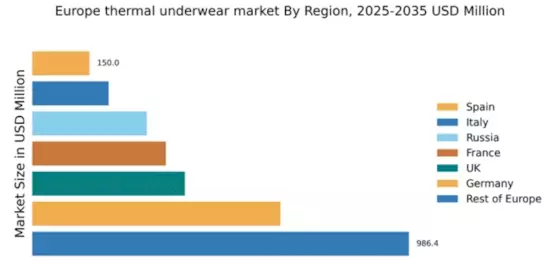
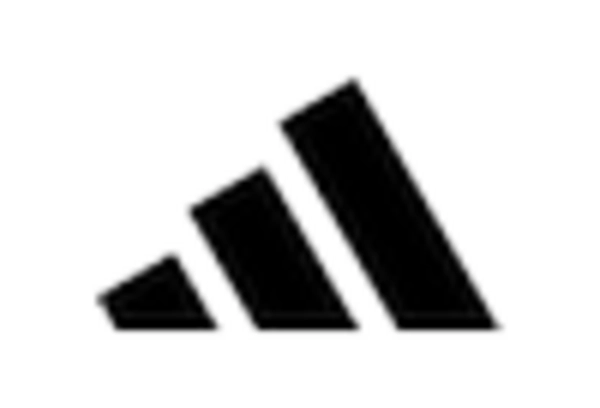
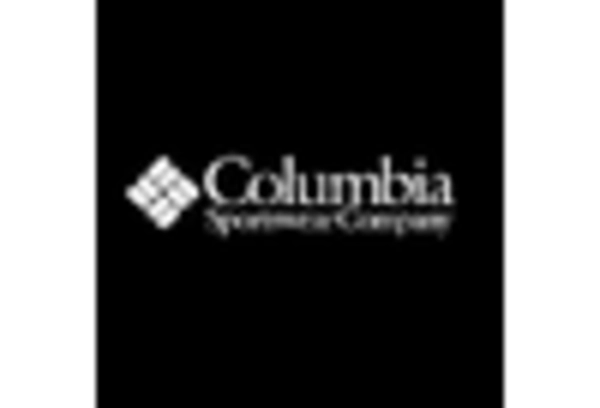
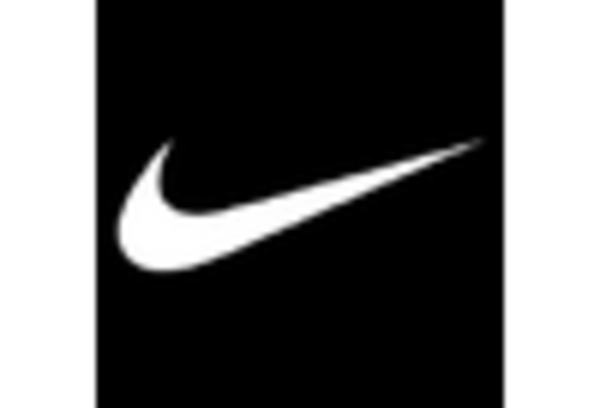

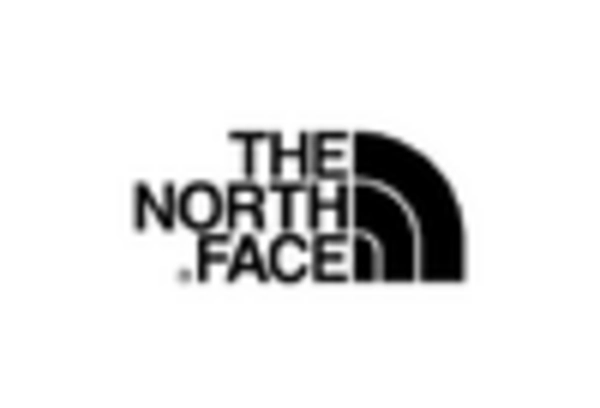
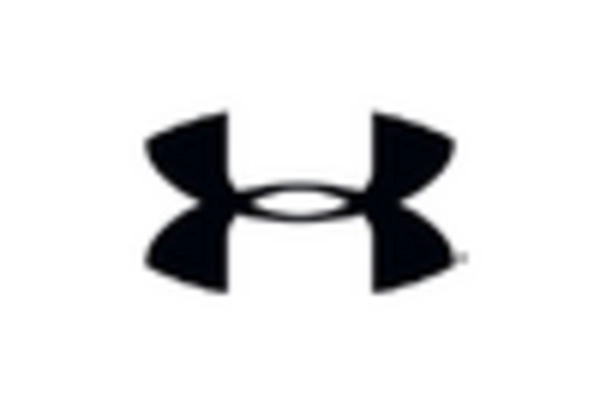








Leave a Comment